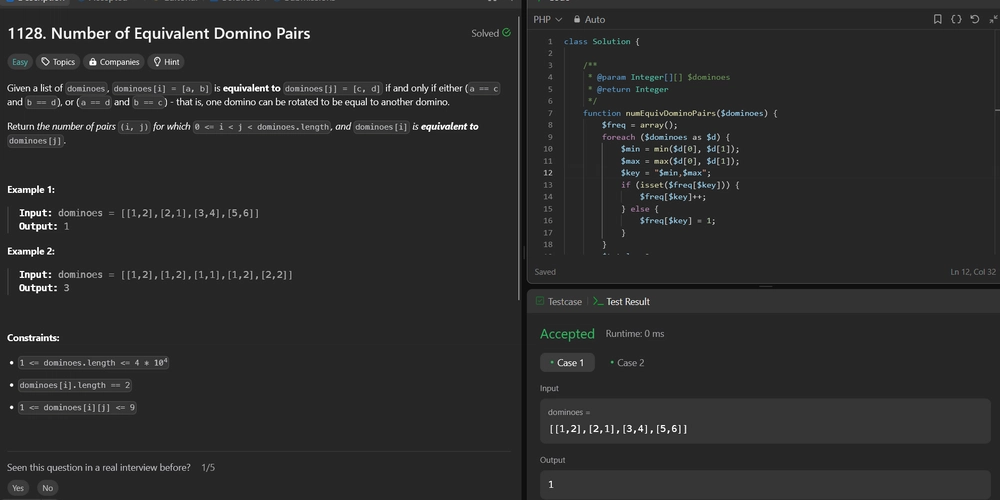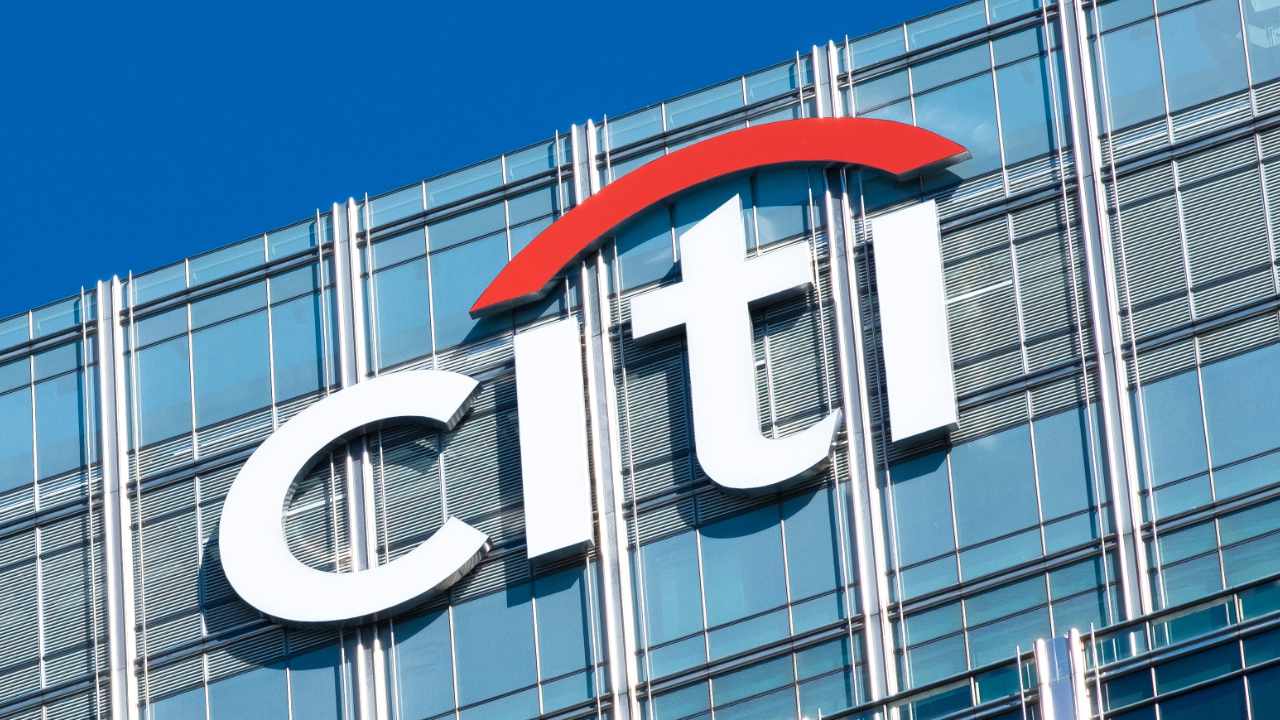Benefits of Cloud TCO
Nowadays, cloud adoption is no longer a choice; it's a necessity. However, while cloud computing brings speed and flexibility, managing cloud costs can often feel like a challenge. This is where understanding the benefits of cloud TCO (Total Cost of Ownership) becomes crucial. By evaluating all costs involved in your cloud journey, both direct and indirect costs can gain clear insights into how to manage expenses wisely and improve ROI. In this blog, we will explore what cloud TCO really means, why it matters, and how it can significantly enhance cloud cost management and decision-making. What is Cloud TCO? Cloud TCO, or Total Cost of Ownership in the cloud, refers to the complete financial estimate of running cloud infrastructure over time. It doesn't just include your monthly cloud bill but also covers hidden costs like software licenses, data transfers, storage, maintenance, labor, and downtime. By calculating cloud TCO, businesses can see the full picture of their cloud spending and make better budgeting decisions. Why Measuring TCO in Cloud is Critical Many companies mistakenly focus only on upfront pricing models when choosing cloud solutions. However, without understanding long-term costs, businesses may face budget overruns, inefficient resource use, and lower-than-expected returns. Here are a few reasons why measuring cloud TCO is essential: Prevents Hidden Costs: Identifies underutilized or unnecessary services Supports Accurate Budgeting: Helps plan better with actual usage data Improves Financial Forecasting: Provides clarity for long-term planning Enables Value-Based Decisions: Balances cost with performance and business outcomes Top 10 Benefits of Cloud TCO Here are the top 10 benefits of cloud total cost of ownership, please have a look: 1. Improved Cost Visibility Cloud TCO offers a detailed breakdown of every cost associated with cloud operations. This includes compute, storage, bandwidth, software licenses, and even support services. By making these costs transparent, stakeholders across departments gain a clearer understanding of their financial impact. This clarity supports more effective decision-making and fosters trust among teams. 2. Smarter Budgeting and Forecasting A major advantage of understanding the benefits of cloud TCO is its ability to improve financial planning. TCO analysis relies on real-time and historical data to anticipate future costs. This helps businesses avoid under-budgeting or over-committing funds. Better forecasts also allow for proactive measures, such as setting usage caps or adjusting workloads before costs escalate. 3. Better Cloud Investment Decisions Cloud TCO provides a basis for comparing different deployment options like public, private, hybrid, or multi-cloud. It enables organizations to assess both short-term affordability and long-term value. With this insight, businesses can prioritize investments that align with their goals and deliver measurable returns, avoiding wasteful spending on services that offer little benefit. 4. Identifying Unused or Underused Resources A detailed TCO assessment can uncover underused instances, overprovisioned storage, or idle resources that silently drive up costs. By highlighting these inefficiencies, organizations can right-size their infrastructure, decommission unnecessary assets, and reallocate resources more effectively. This not only saves money but also improves overall system performance. 5. Enhanced Financial Accountability With cost transparency comes accountability. Cloud TCO helps organizations assign cloud spending to specific departments, teams, or projects through tagging and reporting. This encourages teams to monitor their own usage, justify their needs, and actively participate in cost-saving initiatives. It transforms cloud cost management from a central IT concern into a company-wide responsibility. 6. Better Vendor Negotiation When a business has complete visibility over its cloud expenditures, it gains leverage in discussions with service providers. By using TCO insights, companies can negotiate better pricing, switch to reserved or spot instances, or even consider alternative vendors. Well-informed buyers are better equipped to secure flexible contracts, favorable SLAs, and volume-based discounts. 7. Scalable Financial Planning As businesses grow, their cloud usage often becomes more complex and harder to manage. TCO allows for scalable planning by analyzing patterns and predicting how costs will evolve with increased demand. This helps organizations make growth decisions with financial certainty, whether they are expanding globally or scaling up during peak seasons. 8. ROI-Focused Cloud Adoption Organizations don't move to the cloud just to be modern but they expect a return on investment. TCO helps align cloud spending with business outcomes by tracking th

Nowadays, cloud adoption is no longer a choice; it's a necessity. However, while cloud computing brings speed and flexibility, managing cloud costs can often feel like a challenge. This is where understanding the benefits of cloud TCO (Total Cost of Ownership) becomes crucial.
By evaluating all costs involved in your cloud journey, both direct and indirect costs can gain clear insights into how to manage expenses wisely and improve ROI. In this blog, we will explore what cloud TCO really means, why it matters, and how it can significantly enhance cloud cost management and decision-making.
What is Cloud TCO?
Cloud TCO, or Total Cost of Ownership in the cloud, refers to the complete financial estimate of running cloud infrastructure over time. It doesn't just include your monthly cloud bill but also covers hidden costs like software licenses, data transfers, storage, maintenance, labor, and downtime. By calculating cloud TCO, businesses can see the full picture of their cloud spending and make better budgeting decisions.
Why Measuring TCO in Cloud is Critical
Many companies mistakenly focus only on upfront pricing models when choosing cloud solutions. However, without understanding long-term costs, businesses may face budget overruns, inefficient resource use, and lower-than-expected returns. Here are a few reasons why measuring cloud TCO is essential:
- Prevents Hidden Costs: Identifies underutilized or unnecessary services
- Supports Accurate Budgeting: Helps plan better with actual usage data
- Improves Financial Forecasting: Provides clarity for long-term planning
- Enables Value-Based Decisions: Balances cost with performance and business outcomes
Top 10 Benefits of Cloud TCO
Here are the top 10 benefits of cloud total cost of ownership, please have a look:
1. Improved Cost Visibility
Cloud TCO offers a detailed breakdown of every cost associated with cloud operations. This includes compute, storage, bandwidth, software licenses, and even support services. By making these costs transparent, stakeholders across departments gain a clearer understanding of their financial impact. This clarity supports more effective decision-making and fosters trust among teams.
2. Smarter Budgeting and Forecasting
A major advantage of understanding the benefits of cloud TCO is its ability to improve financial planning. TCO analysis relies on real-time and historical data to anticipate future costs. This helps businesses avoid under-budgeting or over-committing funds. Better forecasts also allow for proactive measures, such as setting usage caps or adjusting workloads before costs escalate.
3. Better Cloud Investment Decisions
Cloud TCO provides a basis for comparing different deployment options like public, private, hybrid, or multi-cloud. It enables organizations to assess both short-term affordability and long-term value. With this insight, businesses can prioritize investments that align with their goals and deliver measurable returns, avoiding wasteful spending on services that offer little benefit.
4. Identifying Unused or Underused Resources
A detailed TCO assessment can uncover underused instances, overprovisioned storage, or idle resources that silently drive up costs. By highlighting these inefficiencies, organizations can right-size their infrastructure, decommission unnecessary assets, and reallocate resources more effectively. This not only saves money but also improves overall system performance.
5. Enhanced Financial Accountability
With cost transparency comes accountability. Cloud TCO helps organizations assign cloud spending to specific departments, teams, or projects through tagging and reporting. This encourages teams to monitor their own usage, justify their needs, and actively participate in cost-saving initiatives. It transforms cloud cost management from a central IT concern into a company-wide responsibility.
6. Better Vendor Negotiation
When a business has complete visibility over its cloud expenditures, it gains leverage in discussions with service providers. By using TCO insights, companies can negotiate better pricing, switch to reserved or spot instances, or even consider alternative vendors. Well-informed buyers are better equipped to secure flexible contracts, favorable SLAs, and volume-based discounts.
7. Scalable Financial Planning
As businesses grow, their cloud usage often becomes more complex and harder to manage. TCO allows for scalable planning by analyzing patterns and predicting how costs will evolve with increased demand. This helps organizations make growth decisions with financial certainty, whether they are expanding globally or scaling up during peak seasons.
8. ROI-Focused Cloud Adoption
Organizations don't move to the cloud just to be modern but they expect a return on investment. TCO helps align cloud spending with business outcomes by tracking the value delivered relative to the cost incurred. This ensures that every dollar spent contributes to improved productivity, customer experience, or innovation and supports continued adoption based on results.
9. Business Agility with Cost Clarity
Having a clear picture of cloud costs enables faster, more confident decision-making. Whether launching a new application or testing a new feature, teams can quickly assess the financial impact and proceed without budgetary uncertainty. This agility gives businesses a competitive edge while maintaining control over expenses.
10. Risk Reduction in Cloud Spend
Without proper oversight, cloud costs can spiral out of control, especially with on-demand resources. TCO analysis reduces this risk by identifying cost anomalies, spikes, or inefficient patterns before they become major issues. It acts as an early warning system that protects the organization from overspending and ensures financial stability.
How Cloud TCO Helps Reduce Cloud Costs
Understanding the benefits of cloud TCO directly contributes to cutting down unnecessary expenses. Here's how:
Spotting Waste: TCO highlights resources that are not delivering proportional value, such as idle virtual machines or unnecessary data storage.
Optimizing Workloads: Organizations can shift to more cost-effective services or regions by analyzing the total cost per workload.
Encouraging Cost-Aware Culture: When employees and teams are made aware of how their usage impacts the bottom line, they tend to be more cautious and responsible.
Using Cost Allocation Tags: TCO models often use tagging strategies to map costs to departments or projects, improving accountability.
Better Resource Planning: TCO helps forecast future needs, allowing businesses to reserve capacity or commit to long-term pricing plans that lower per-unit costs.
Conclusion
The benefits of cloud TCO are far-reaching and essential for any business serious about cloud cost management. From boosting visibility to driving financial accountability, cloud TCO acts as a guide toward smarter spending. When combined with proactive cost management practices, it empowers organizations to control budgets, maximize ROI, and prepare confidently for future growth.
Understanding and applying cloud TCO is critical for long-term success in the cloud. Businesses looking to improve their financial planning and reduce IT expenses should also explore robust cloud migration services as part of a comprehensive cloud strategy.








































































































































































![[The AI Show Episode 146]: Rise of “AI-First” Companies, AI Job Disruption, GPT-4o Update Gets Rolled Back, How Big Consulting Firms Use AI, and Meta AI App](https://www.marketingaiinstitute.com/hubfs/ep%20146%20cover.png)





















































































































































































































































































































































































![Beats Studio Pro Wireless Headphones Now Just $169.95 - Save 51%! [Deal]](https://www.iclarified.com/images/news/97258/97258/97258-640.jpg)










































































































